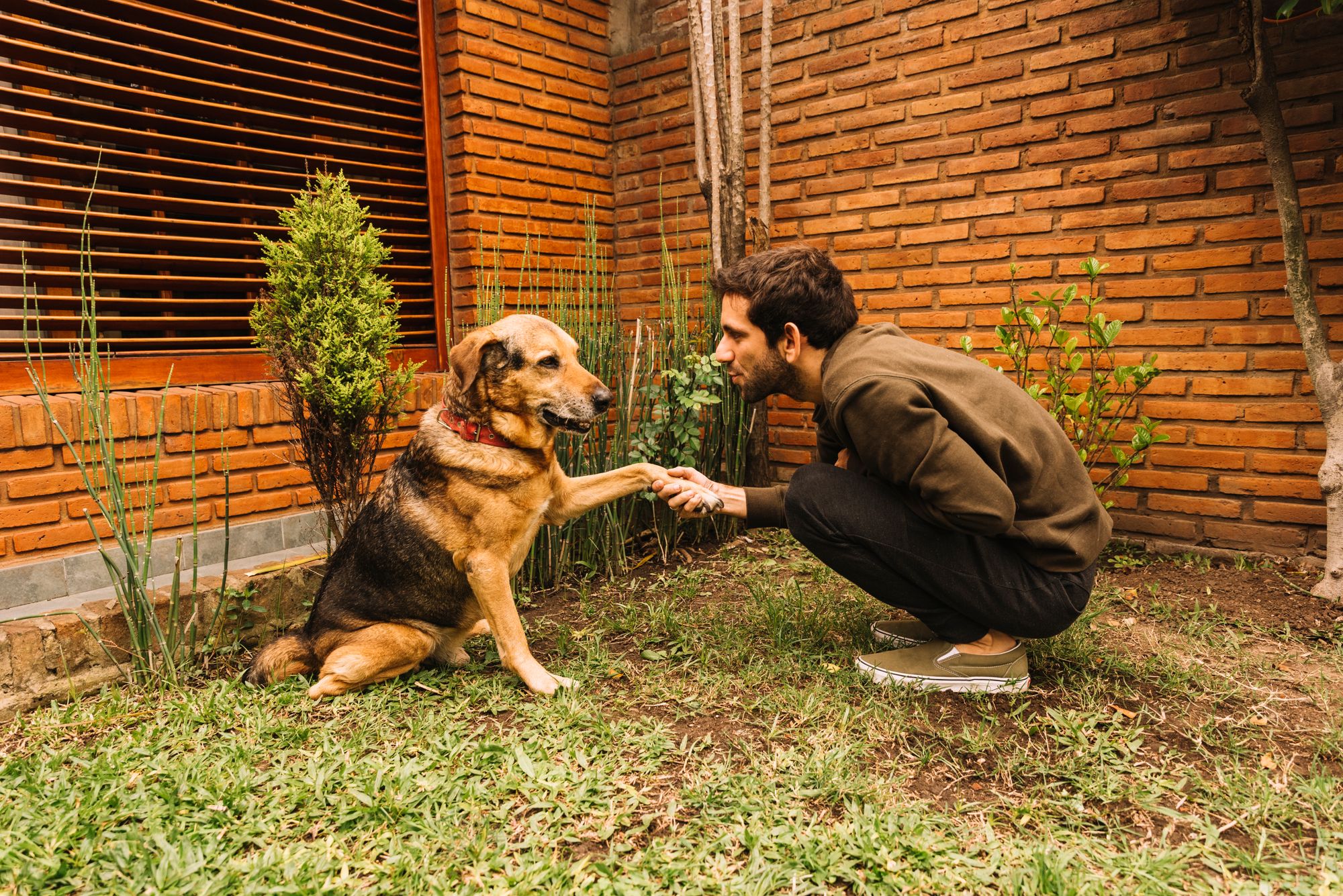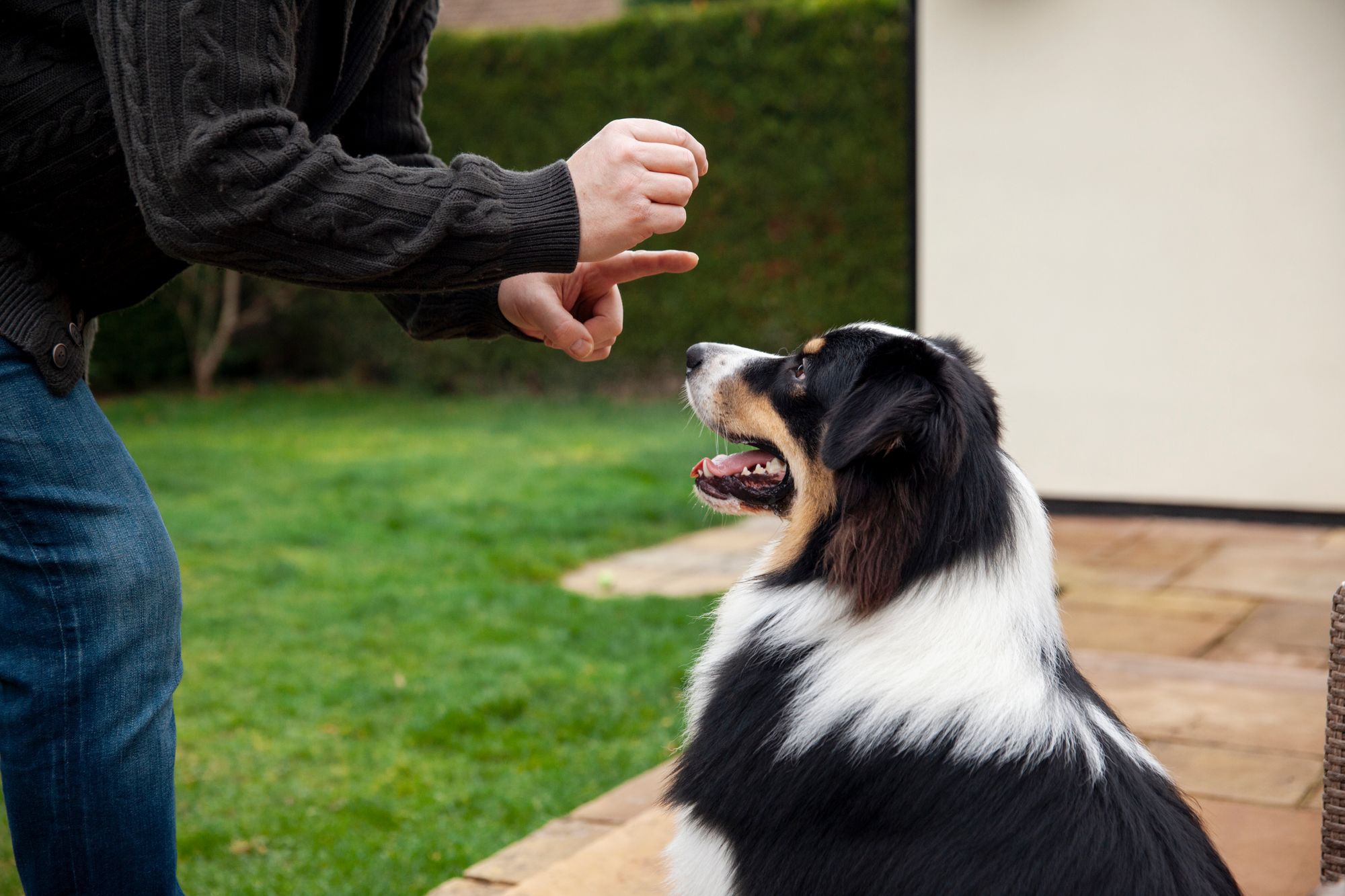Sometimes, the challenge of a disobedient or scared pup can become the order of the day. The first thing you need to understand is why the dog won't come to you. This can be due to a variety of reasons, such as a lack of trust, fear, or even stubbornness. Once you comprehend the root cause, you can then adopt a strategy to counter the situation effectively.

Dog Training Techniques
Training your dog can make a significant difference. This not only helps in catching the dog but also enhances the overall behavior of your furry friend. Remember, building trust is an essential step in dog training. You can build trust by consistently rewarding the dog when it comes to you, always using a friendly tone and positive reinforcement. The dog will eventually associate coming to you with getting rewards, thereby increasing trust.
Dog Behavior Management
Understanding and managing your dog's behavior can be the difference between a successful dog training session and an unsuccessful one. For example, if a dog is fearful, it won't come to you no matter how hard you try. In this case, you need to alleviate the dog's fear first, and then proceed with other training techniques. This could involve giving the dog its space, being patient, and creating a positive environment.
Approaching a Fearful Dog
It is not uncommon for dogs to develop fears and anxieties. A fearful dog might feel threatened and may not come to you. Approaching a fearful dog should be done with utmost caution and patience. Try to create a positive and friendly environment to help the dog overcome its fears.
Strategies for Stubborn Dogs
At times, dogs can be quite stubborn. The best way to handle a stubborn dog is to be patient and consistent in your training methods. By showing the dog that you're the leader, you'll eventually overcome the stubbornness and gain the dog's trust.
Importance of Dog Recall Training
Dog recall training is another effective strategy that can help in catching a dog that won't come to you. Recall training is teaching your dog to come when called. This technique, when executed effectively, can make a significant difference in your relationship with your dog.

Understanding Canine Behavior
Dogs are quite expressive. They communicate their feelings, fears, and emotions through various signals and behaviors. Understanding these signals is critical when you're trying to catch a dog that won't come to you. Learning about dog communication signals can help you understand what your dog is trying to tell you, thereby making your task easier.
Understanding Your Dog's Motivation
In order to employ proven strategies to catch a dog that won't come to you, it's important to understand your dog's motivation. Each dog is an individual, with its unique personality traits and motivations. Just like humans, dogs can be motivated by a variety of things like food, toys, and attention. When you understand what motivates your dog, it becomes easier to encourage them to come to you.
Consistency is Key
Consistency is a critical factor when it comes to training your dog. It's essential to remain consistent with your commands, actions, and reactions. Dogs learn from repeated experiences. If you're consistent in your behavior and response, your dog will quickly learn what is expected of them.
Patience Goes a Long Way
Patience is another significant aspect when dealing with a dog that won't come to you. Training a dog takes time, and you may not see immediate results. It's crucial not to rush the process and give your dog the time it needs to learn and understand.
Make it Fun for the Dog
Making the process of coming to you fun and rewarding for the dog can work wonders. Dogs, like humans, are more likely to repeat actions that have positive outcomes. Incorporate games and treats into your training sessions. You can play games like hide-and-seek, where you hide and call your dog to find you. Each time the dog successfully finds you, reward it with its favorite treat.
Professional Help
If all else fails, don't hesitate to seek professional help. A professional dog trainer or a behaviorist has the experience and skills to deal with challenging dog behaviors. They can offer insights into your dog's behavior and provide tailored strategies to overcome the specific issues your dog is facing.

Positive Reinforcement
One of the most proven strategies in dog training is positive reinforcement. This method involves providing a reward to encourage the behavior you want. For a dog that won't come to you, this could involve rewarding them when they take steps towards you or respond positively to your call. The reward could be a treat, a favorite toy, or even praise.
Over time, your dog will associate the action of coming to you with a positive experience, encouraging them to repeat the behavior in the future.
Gradual Desensitization
In some cases, a dog might not come to you because of fear or anxiety. Gradual desensitization can help in these cases. This process involves slowly and gradually exposing your dog to the thing they fear, allowing them to build up their tolerance over time.
For example, if your dog is scared of being on a leash, start by just showing them the leash, then reward them. The next step might be to let them wear the leash without holding it, followed by short periods of holding the leash. Each time they tolerate the fear-inducing stimulus, reward them. Over time, they should become desensitized to it.
Training with Distractions
Dogs often become distracted by their surroundings, especially in outdoor settings. If your dog won't come to you when there are distractions around, train them in an environment with those distractions. Start with minor distractions and gradually move towards bigger ones. This could help your dog focus on your commands even in a distracting environment.
Emergency Recall Training
In dangerous situations, it's crucial that your dog responds immediately to your recall. Training your dog with a unique, emergency recall command could potentially save their life. This command should be different from their regular recall command, and it should only be used in emergency situations.
This type of training typically involves a lot of positive reinforcement. Whenever your dog responds to the emergency recall, reward them with a high-value treat - something they absolutely love but don't get very often. This will make them associate the emergency recall with a very positive outcome.
The Role of Body Language
Your body language plays a crucial role in communicating with your dog. Canines are excellent at reading body cues, and often, they respond to our body language better than they do to verbal commands. When trying to catch a dog that won't come to you, ensure your body language is friendly and inviting.
Avoid standing tall and looming over your dog as this can be intimidating. Instead, kneel down to their level and open your arms. This non-threatening stance can make your dog more willing to approach you.

The Power of a Familiar Voice
Dogs recognize and respond to familiar voices. If your dog doesn't respond well to your commands, you can try recording the voice of a family member or friend your dog is particularly fond of. Play this recording when calling your dog. The familiar voice can sometimes entice the dog to come to you.
Leash Training
For dogs that won't come to you, leash training can be highly beneficial. Start by getting them used to wearing a leash. Once they are comfortable, use the leash to guide them towards you while using the recall command.
Be gentle and don't pull on the leash aggressively. The idea is to get the dog to understand that coming to you on command is a positive thing. Always reward your dog after successful leash training sessions.
The "Chase Me" Game
One fun and effective method to get a dog to come to you is the "chase me" game. Dogs are natural chasers, and turning recall into a game can be quite effective. Start running away from your dog and call them to chase you. When they catch you, reward them. This game can quickly teach your dog that coming to you is fun and rewarding.
Regular Exercise
A tired dog is a good dog. Regular exercise helps keep your dog's energy levels in check and can make them more receptive to training. It's important to ensure your dog is getting enough physical and mental stimulation throughout the day. An under-stimulated dog can become stubborn and less inclined to follow commands.
Fi Dog Collar: Unleashing Possibilities
When it comes to keeping your furry friends safe, comfortable, and within reach, the Fi Dog Collar sets the bar high. Known for its durability and state-of-the-art design, this collar is not just an accessory but an essential tool for every dog owner. Its innovative technology allows you to track your dog's location and monitor their exercise, ensuring they are safe and healthy. Whether it's for everyday use or special training sessions, the Fi Dog Collar delivers impeccable reliability, making it a perfect companion in your dog parenting journey. With a Fi Collar, you can rest easy, knowing your pet is secure and comfortable, even when they decide to be a bit adventurous.
Wrapping Up
As you can see, there are a number of proven strategies for catching a dog that won't come to you. The key is understanding your dog's behavior and using the right techniques to ensure a positive outcome. Remember that patience, consistency, and positive reinforcement are your most potent tools in this endeavor.
And when it comes to enhancing these strategies, the right equipment can make a world of difference. This is where Fi comes in. Fi is a leading provider of top-quality dog collars, designed with the safety and comfort of your furry friend in mind. A Fi collar is not just a tool for control, but a symbol of the bond between you and your pet. Its durability and reliability make it a trusted choice for dog owners worldwide. So, as you employ the strategies mentioned in this article, consider a Fi collar to help improve your connection with your dog, and make the task of catching a dog that won't come to you, a little bit easier.

